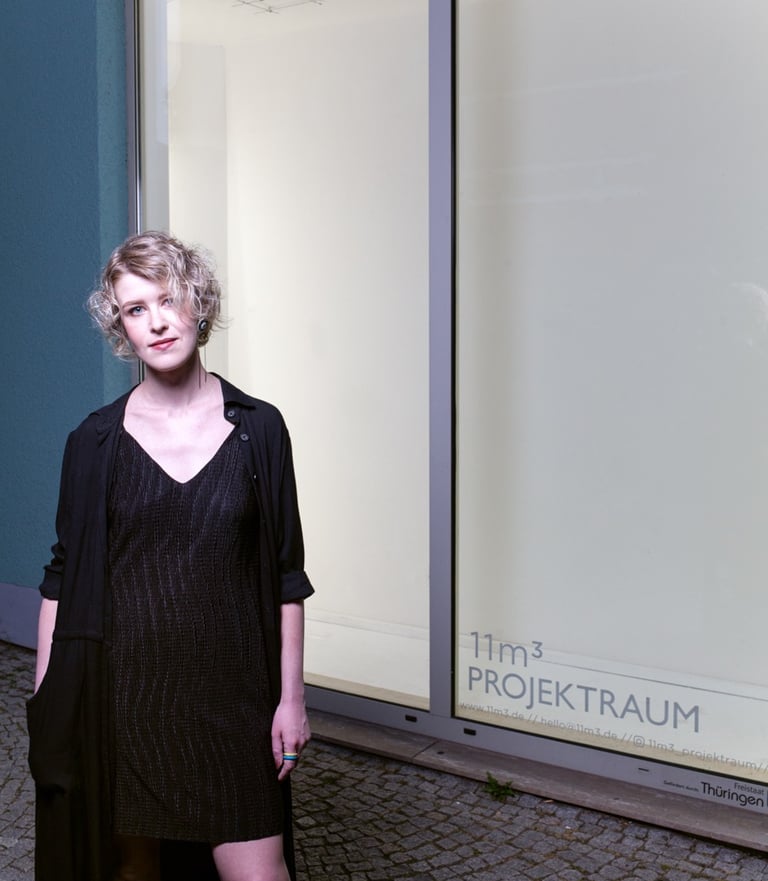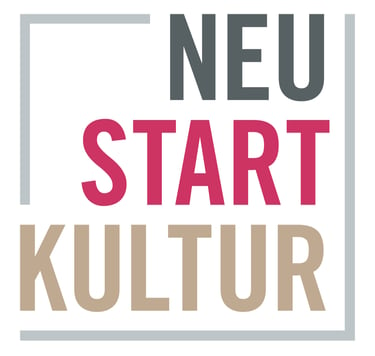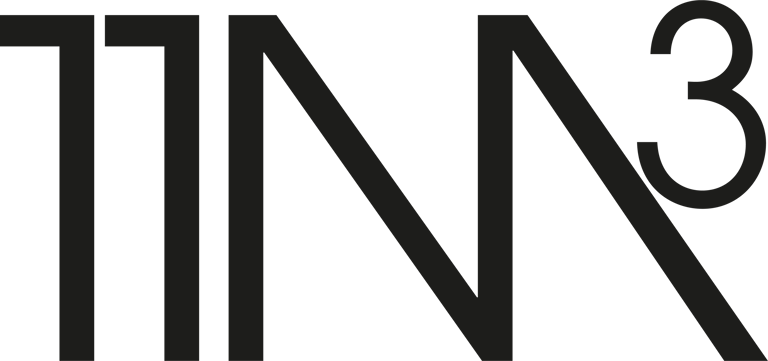We are incredibly excited to announce our second Artist-in-Residency, Ukrainian visual artist and theater set designer Olga Filonchuck through a partnership with Artist at Risk and with the generous sponsorship of the Goethe- Institut.
During November and December of 2023, Olha has been developing the project "Invisible Garden. Blooming Plants and Memories Archive" dedicated to the rare plants from the Red Book of the natural reserve Askania Nova in Ukraine, the oldest steppe reserve in the world and one of the biggest in Europe.
Numerous plants have disappeared on the vast expanses of former Eurasia grasslands during the last two centuries, but keep growing in the Askania Nova Reserve, occupied by Russian troops since March 2022.
Since the occupation, the reserve staff can not access the place, making it almost impossible to assess the conditions of the endangered species after more than five fires during the occupation had happened.
Olha will use specifically 13 species of plants from the area -which exist only on this territory- as a source of inspiration for her project at 11m3 Projektraum.

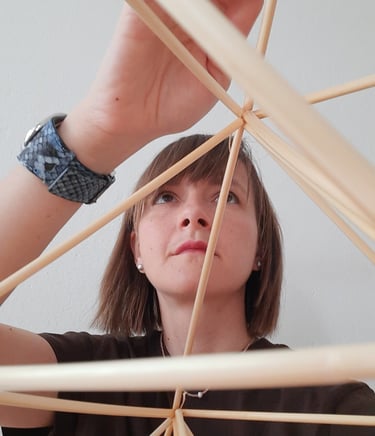

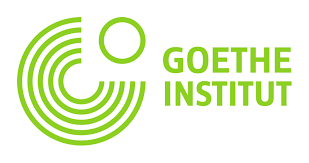

Olha Filonchuk, (1988, Kherson City, Ukraine), graduated from the Kyiv Academy of Decorative Arts and Design in 2011, and has worked with theaters in Ukraine and abroad, developing more than 50 performances as a stage designer.
She was awarded the best performance for children and for adults a few times with the Ukrainian theater award "Golden Pectoral". In 2019, she became a co-founder of the independent Baby Theater in Kyiv, an immersive theater for kids 0–5 years old.
After the large-scale Russian invasion of Ukraine, Olha moved to Germany, fleeing the war. She created a documentary art photo diary "At the Still Point of the Turning World" about her experience living as a refugee in a remote spa city in Thuringia.
In 2022 she became a resident of the HELLERAU Art Center in Dresden.
Stay tuned to see the development of Olha´s project exhibition between January and February 2024 at 11m3
AUSSTELLUNG
UKRAINIAN LETTERS MUSEUM
A project by Kateryna Korolevtseva
Ukrainian Letters (temporary) Museum is the only museum of Ukrainian letters and, perhaps, the smallest museum in the world.
The exposition presents 33 works of art, namely 33 letters of the Ukrainian alphabet.
These are revivals of the works of 33 prominent Ukrainian graphic artists. The letters were found on old book covers and other printed materials created from 1917, the time of the Ukrainian National Republic, to the present day of Independent Ukraine.
This project is the culmination of a 3 month long residency at 11m3 Projektraum.
For more information please go to https://korolevtseva.com/projects/ualettersmuseum to find the source of each letter.
This project was funded with the generous support of Bauhaus Universität Weimar Kreativfonds.
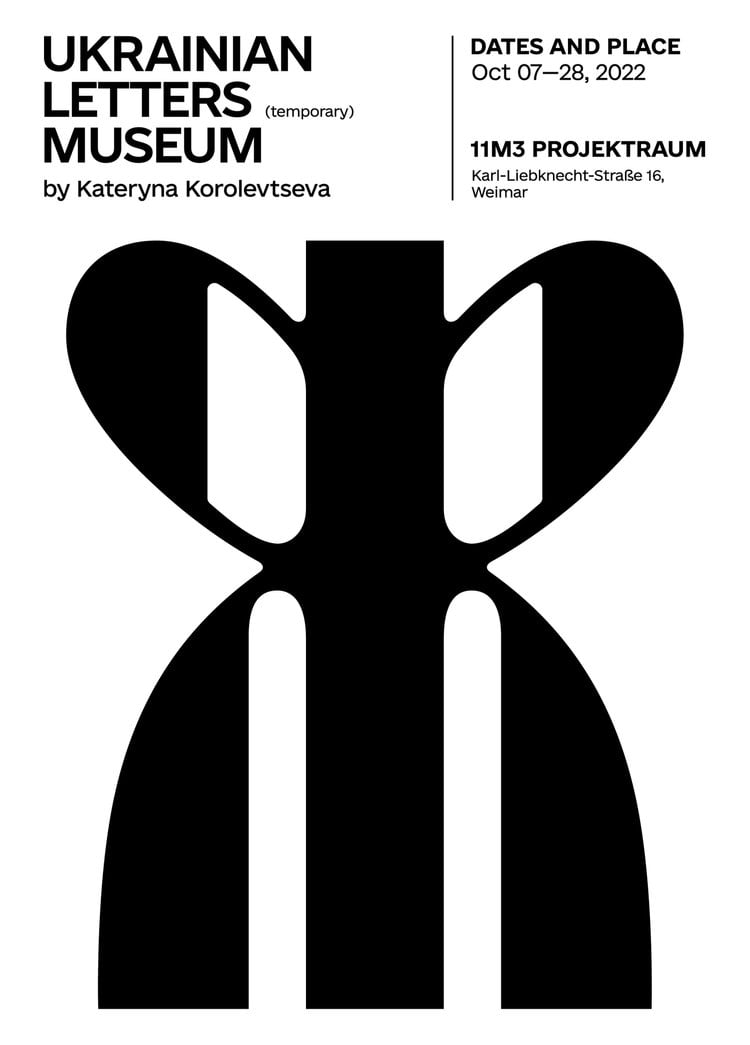



We are glad to welcome artist and designer Kateryna Korolevtseva, our first Artist-In-Residency at 11m3 Projektraum.
Kateryna’s main field and passion is the research of Ukrainian type design heritage, and the design of typographies inspired by architectural elements.This unusual relationship is evident in the development of her font “Misto” (Ukrainian word for “city”), which Kateryna created as an homage to her hometown of Slavutych.The squat, expansive letterforms draw inspiration from the shapes of the low, wide buildings in Slavutych, the newest city in Ukraine, built as a shelter for the evacuated people of the Chernobyl Nuclear Power Plant disaster in 1986.
The relationship between architecture and typography is again evident in the work that Kateryna and her team created for the brand design relaunch of the Shevchenko Prize —a major cultural award in Ukraine—.The idea of the logo came from the architectural arches that are part of the Baroque style: three arches under only one continuous shape, form the Cyrillic letter 'Ш', which stands for the name of the Prize.
The project was awarded two Red Dot Design Awards in 2021.
Design and creative work gained special relevance during the last year in Ukraine, as they became fundamental elements to fight Russian propaganda misinformation. As Kateryna tells us, it is not merely a question of design, but a problem intrinsically linked to the hierarchies present between the languages, such as the close relationship between Russian and Ukrainian and the long-standing campaign by Russian to portray the use of Ukrainian as an inferior language.
We firmly believe that Kateryna’s work can establish valuable connections not only with the long-standing literary tradition in Weimar.
This project is funded through the generous support of Kreativfonds of Bauhaus-Universität Weimar, Neu Start Kultur, and Kulturstiftung Thüringen. Special thanks to Prof. Dr. Birte Kleine-Benne for her feedback and support in the execution of this project.
To know more about Kateryna's work you can click here. To download her Misto font please click here.
